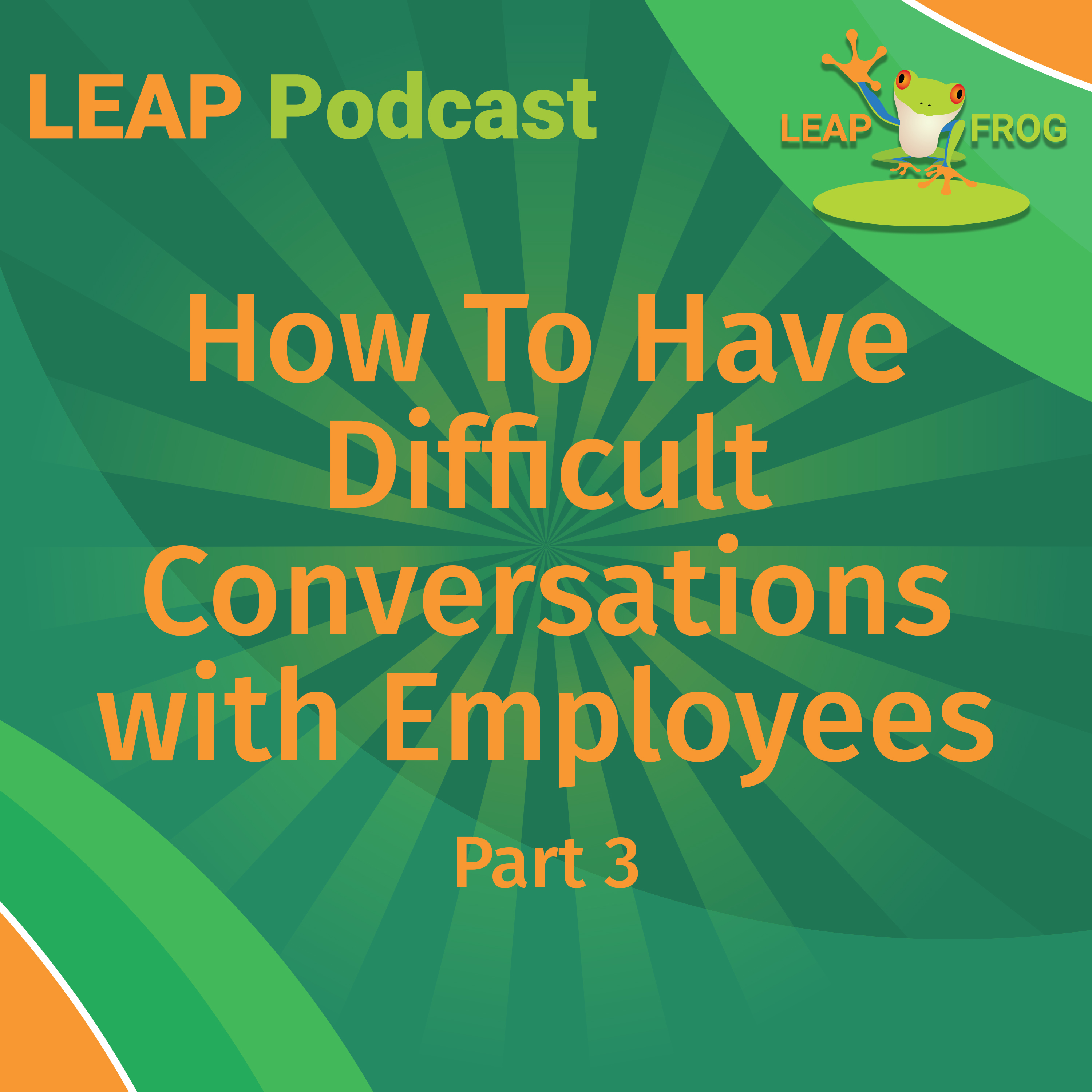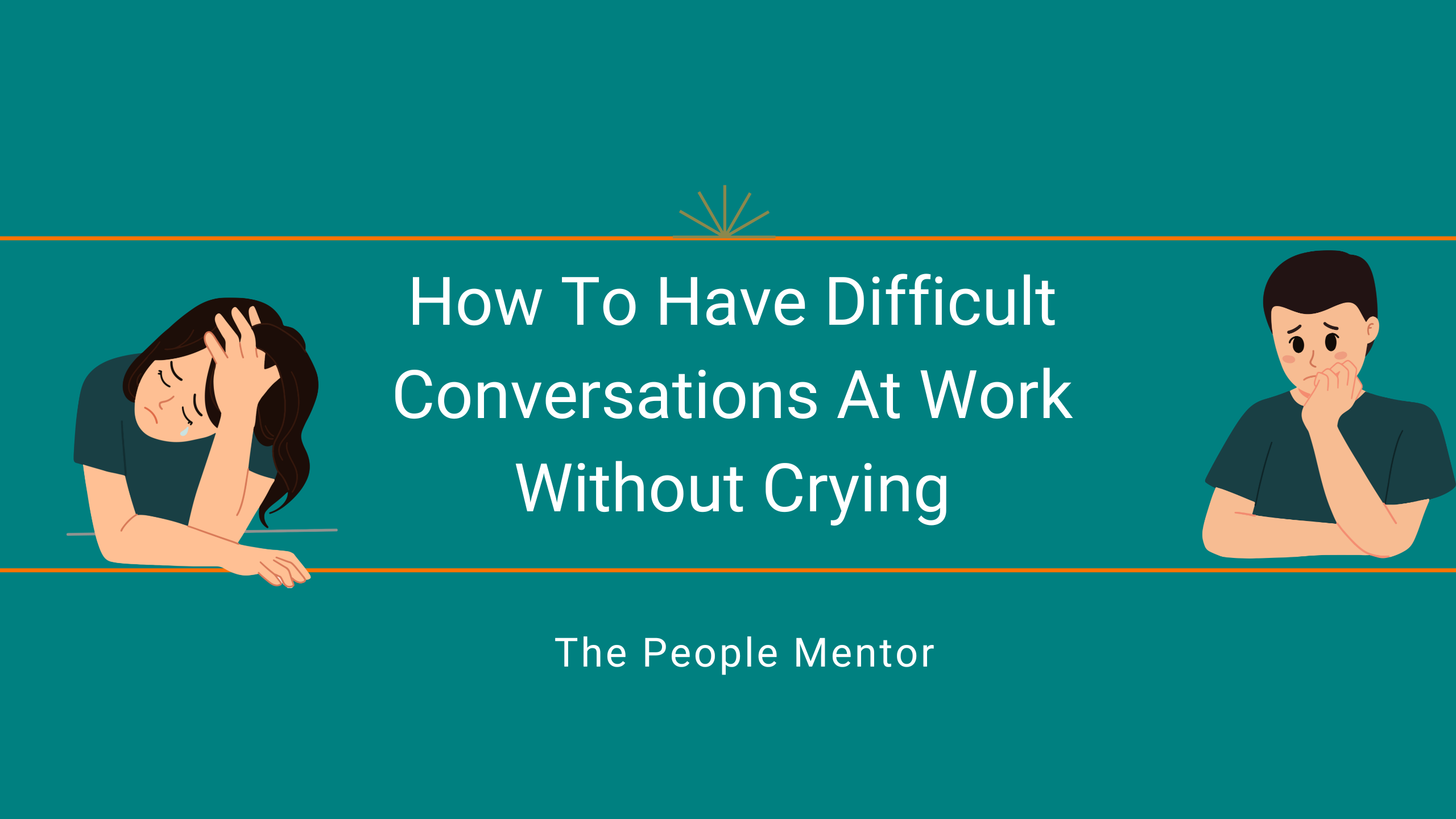How To Have A Difficult Conversation With An Employee

Navigating difficult conversations with employees is a crucial skill for any manager, directly impacting team morale, productivity, and overall organizational health.
These conversations, while often dreaded, are essential for addressing performance issues, resolving conflicts, and fostering a culture of open communication. Effective communication is key to preventing minor issues from escalating into major problems.
Preparation is Paramount
Before initiating a difficult conversation, thorough preparation is critical. Begin by clearly defining the specific issue you need to address.
Gather concrete examples and supporting documentation. This will ensure the conversation is based on facts and not just subjective feelings.
Document the Issues
Documented instances of the employee's behavior or performance will provide tangible evidence to support your concerns. The absence of documentation can lead to misunderstandings and accusations of unfair treatment.
According to the Society for Human Resource Management (SHRM), proper documentation is also vital for legal protection.
Timing and Setting
Choose a time and place that allows for a private and focused discussion. Avoid scheduling the conversation at the end of the day or right before a major deadline, as this can create unnecessary stress.
Select a neutral location where both you and the employee feel comfortable. A private office is often the best choice.
The Importance of Privacy
A private setting ensures confidentiality and allows the employee to speak freely without fear of judgment from colleagues. This is essential for creating a safe space for open dialogue.
Delivering the Message
Start the conversation by clearly stating the purpose of the meeting. Use a calm and respectful tone, and avoid accusatory language.
Focus on the impact of the employee's behavior or performance on the team and the organization. For example, instead of saying "You're always late," try "Your tardiness is impacting team productivity."
Active Listening
One of the most crucial elements of a difficult conversation is active listening. Allow the employee to share their perspective without interruption.
Ask open-ended questions to encourage them to elaborate on their thoughts and feelings. Demonstrate empathy and understanding, even if you don't agree with their point of view.
"Seek first to understand, then to be understood." - Stephen Covey, The 7 Habits of Highly Effective People
Finding Solutions Together
The goal of a difficult conversation should be to find solutions and create a plan for improvement. Collaboratively develop a specific action plan with measurable goals and timelines.
Offer support and resources to help the employee succeed. This could include additional training, mentorship, or coaching.
Follow-Up is Key
Schedule regular follow-up meetings to monitor progress and provide ongoing feedback. Consistent follow-up demonstrates your commitment to the employee's success and reinforces the importance of the conversation.
Potential Impact
When handled effectively, difficult conversations can lead to improved performance, stronger employee relationships, and a more positive work environment. Avoiding these conversations, however, can result in decreased morale, increased turnover, and potential legal issues.
Investing the time and effort to master the art of difficult conversations is a crucial investment in the long-term success of any organization.


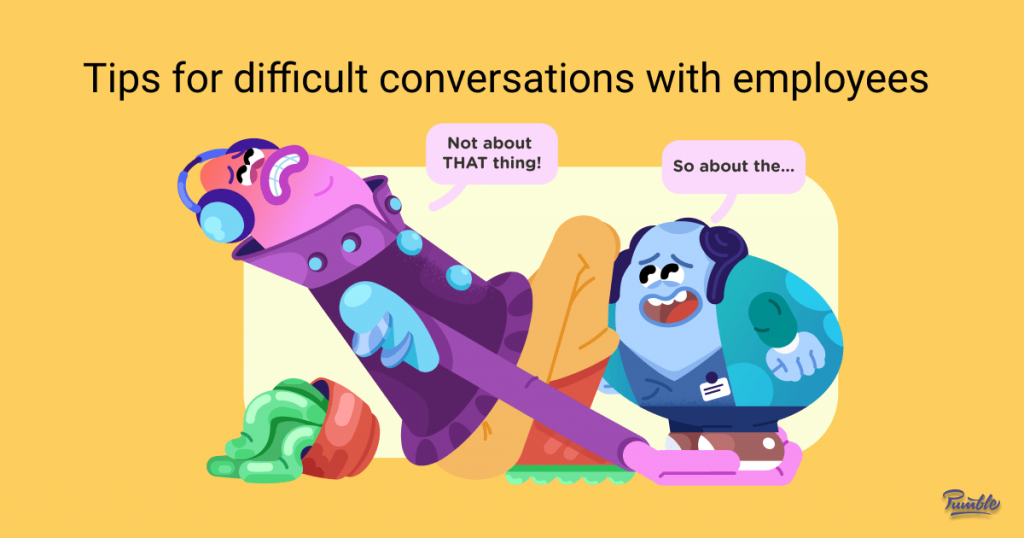
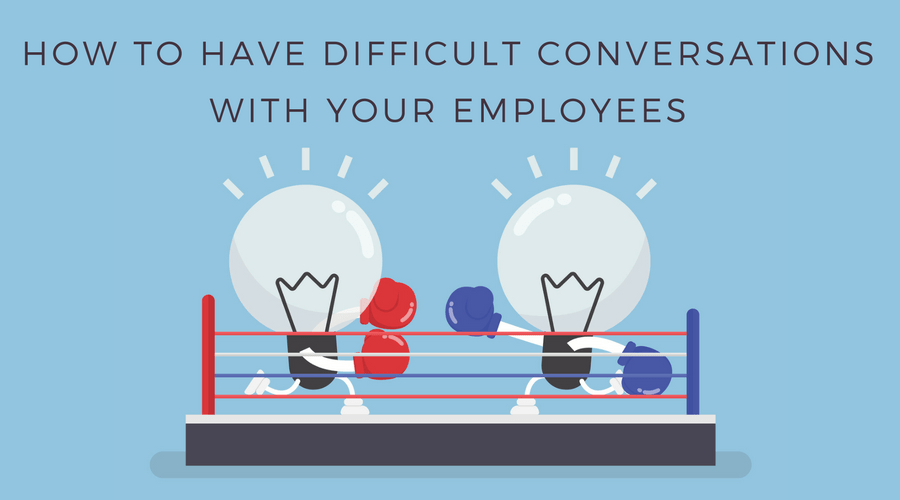


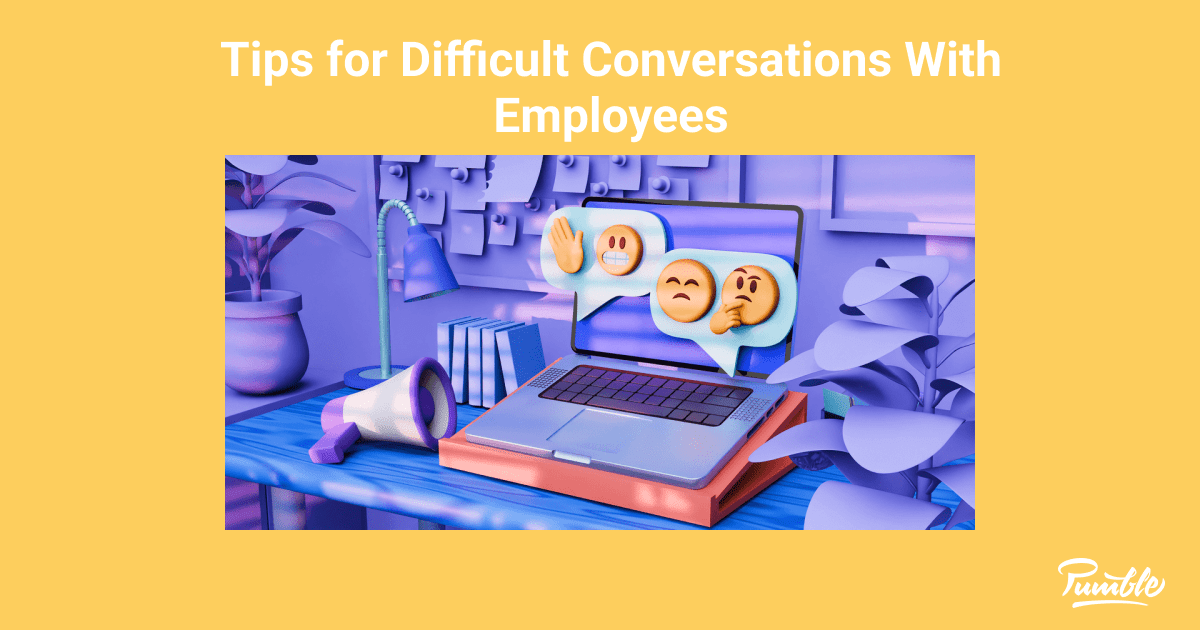


.webp?width=1200&height=800&name=how-to-have-difficult-conversations-with-employees (1).webp)
